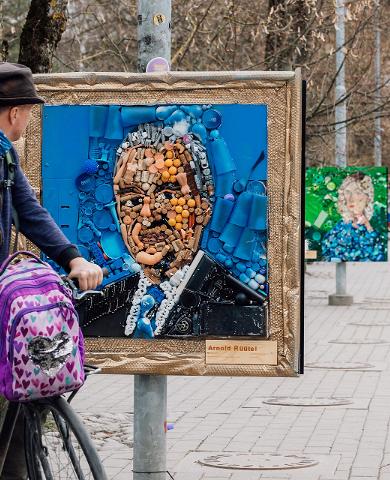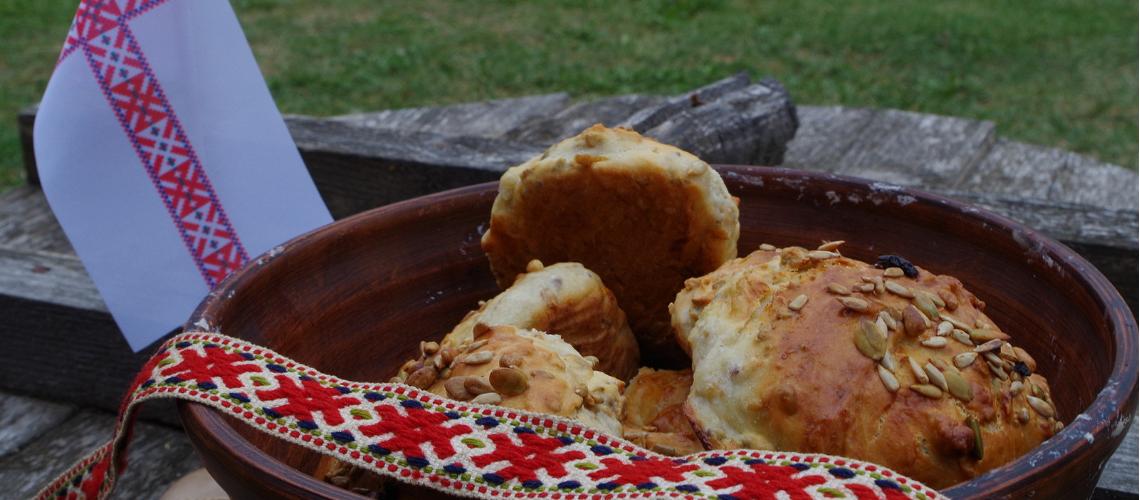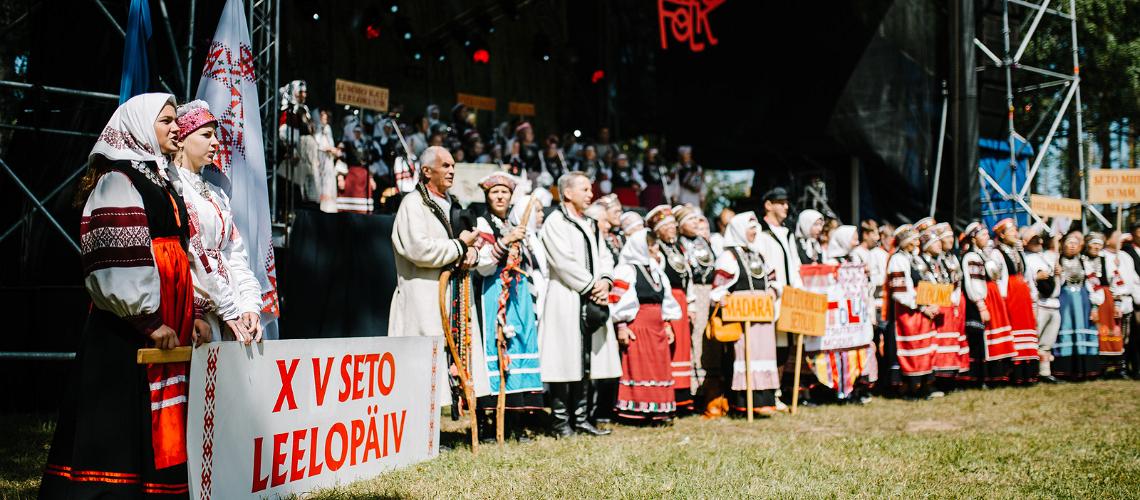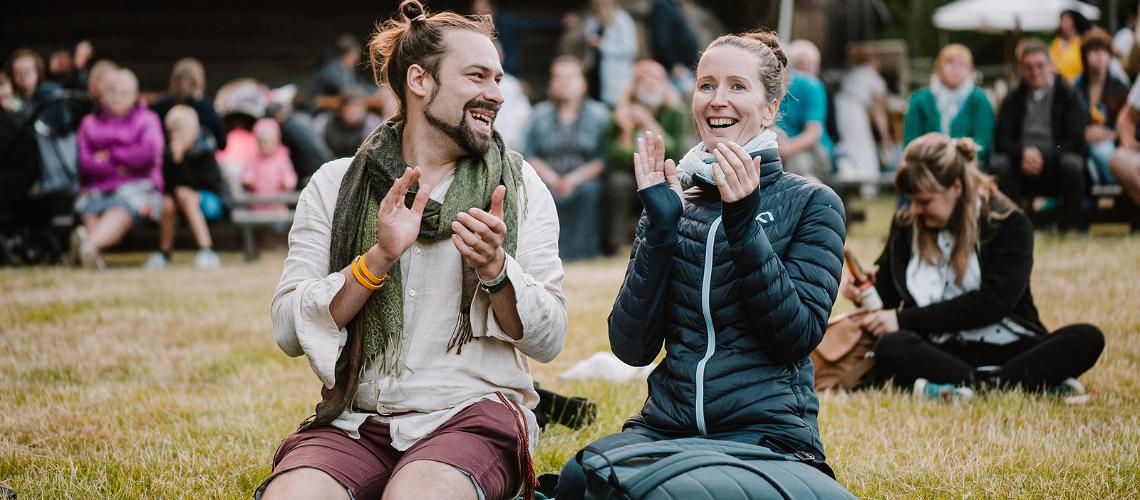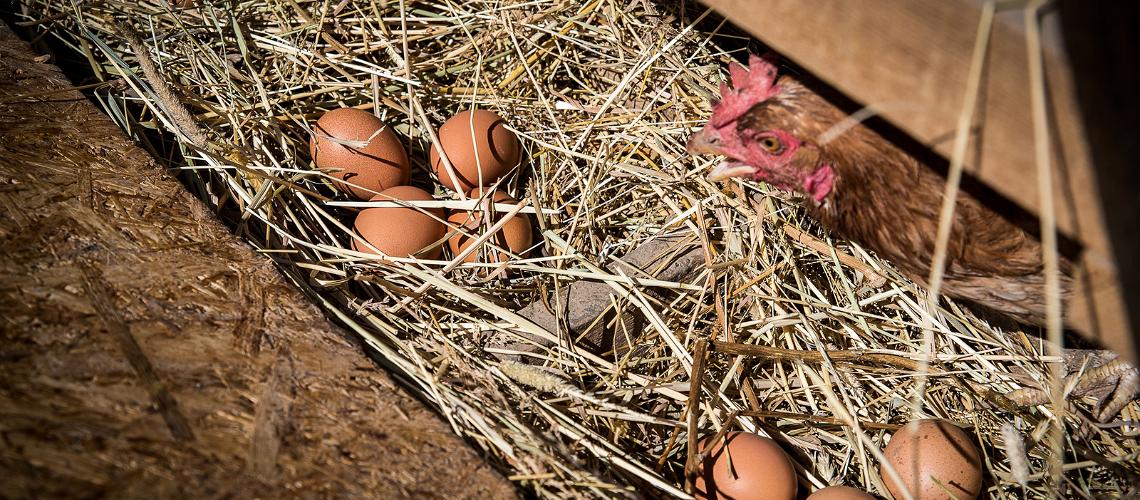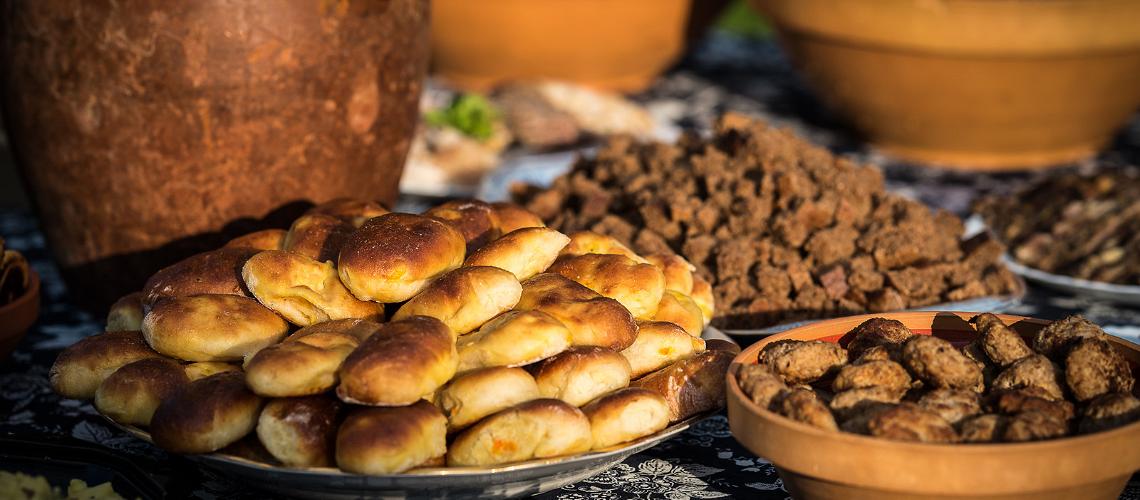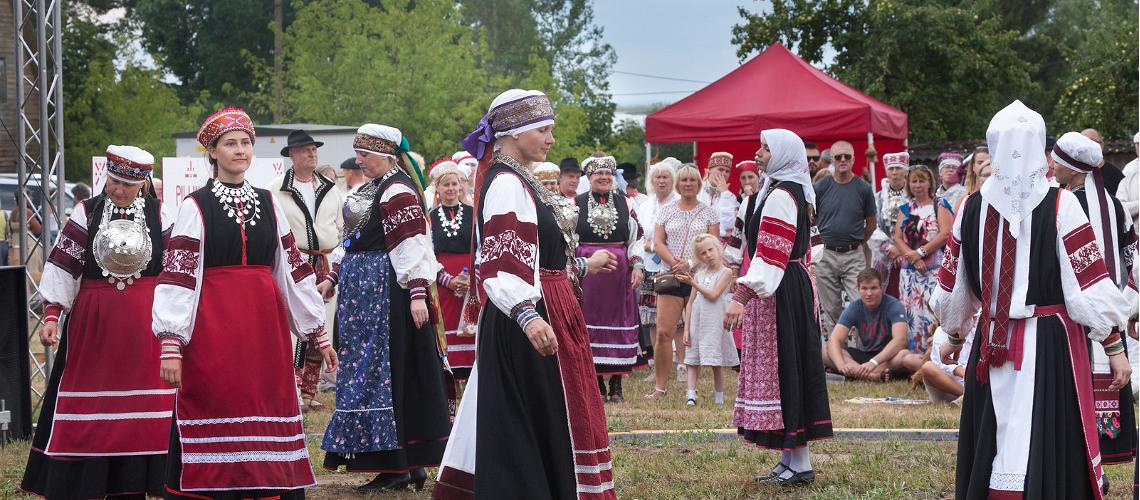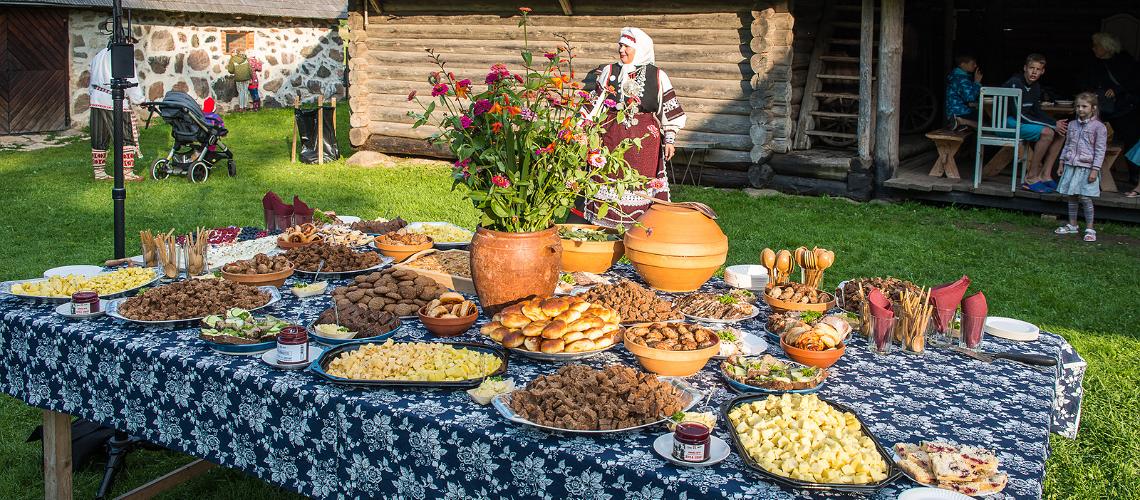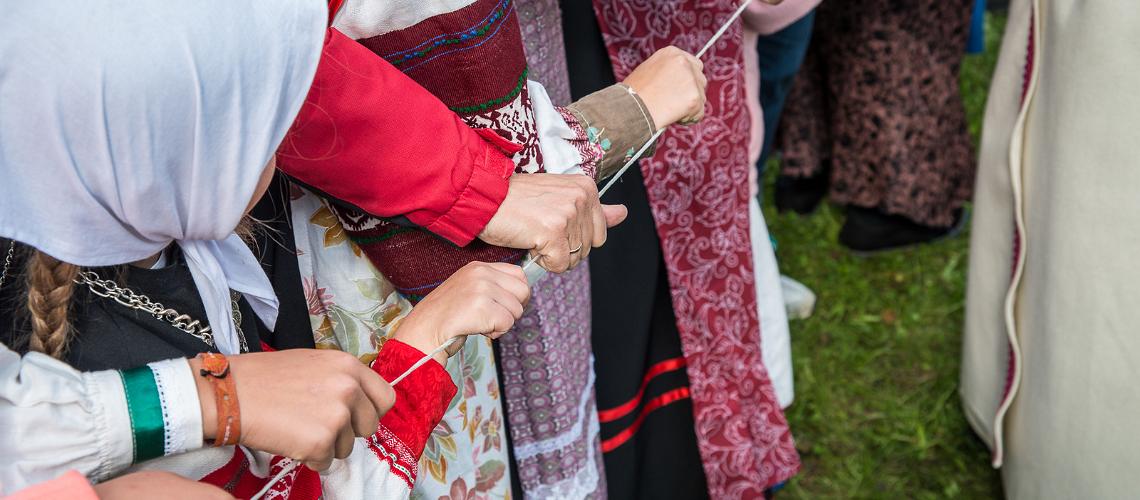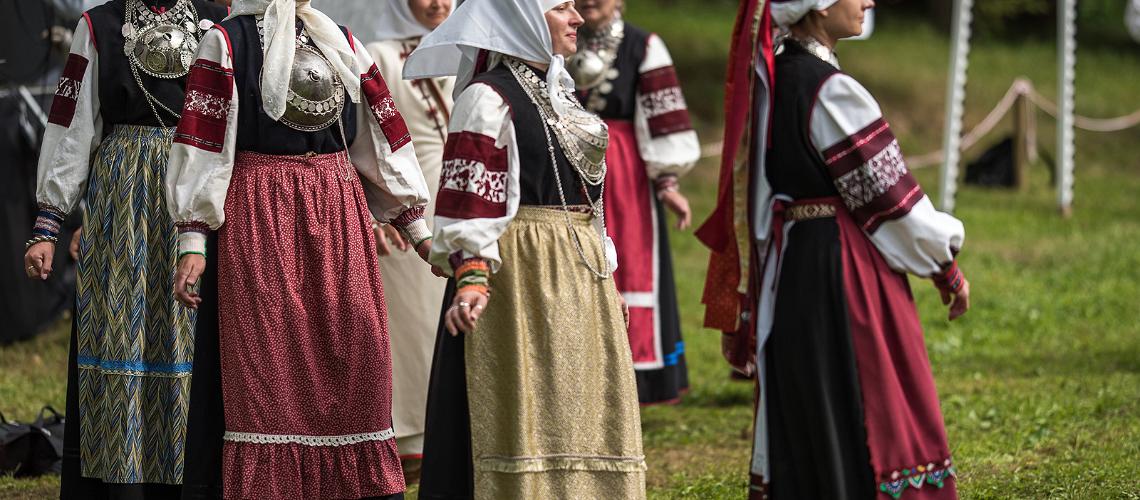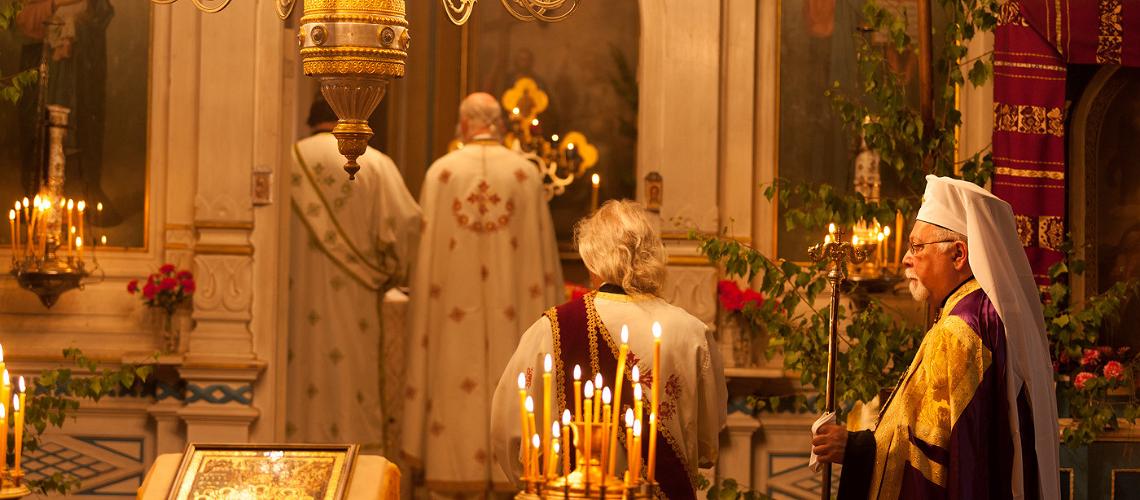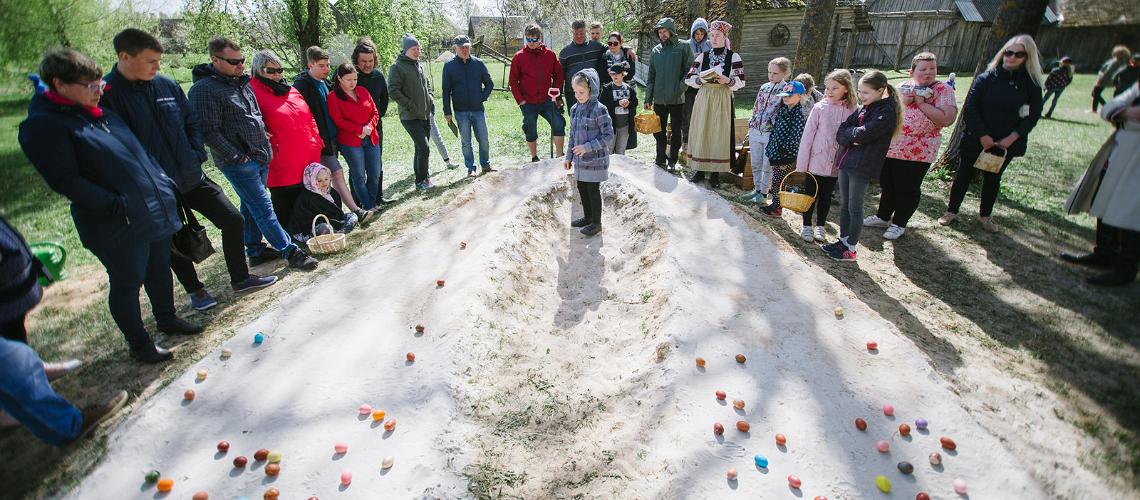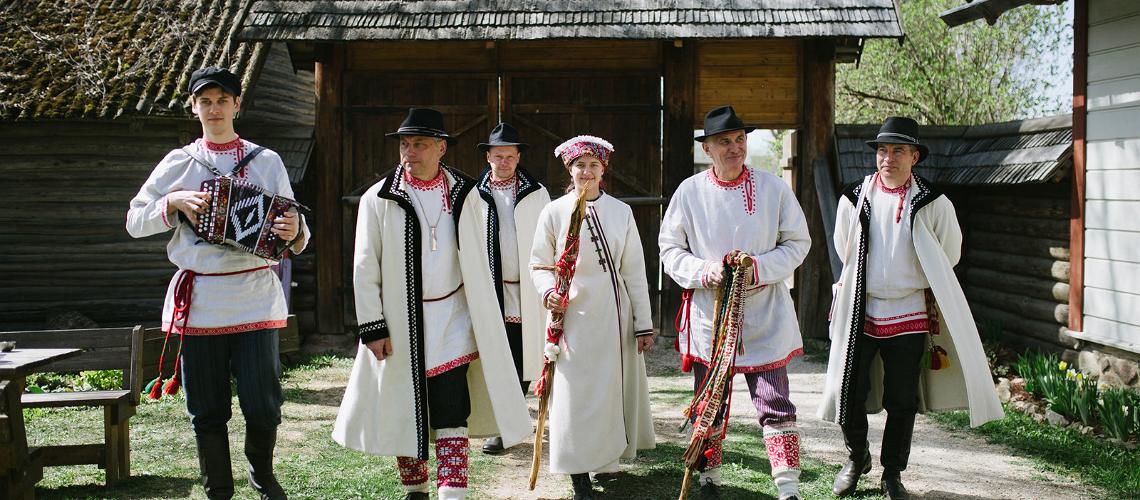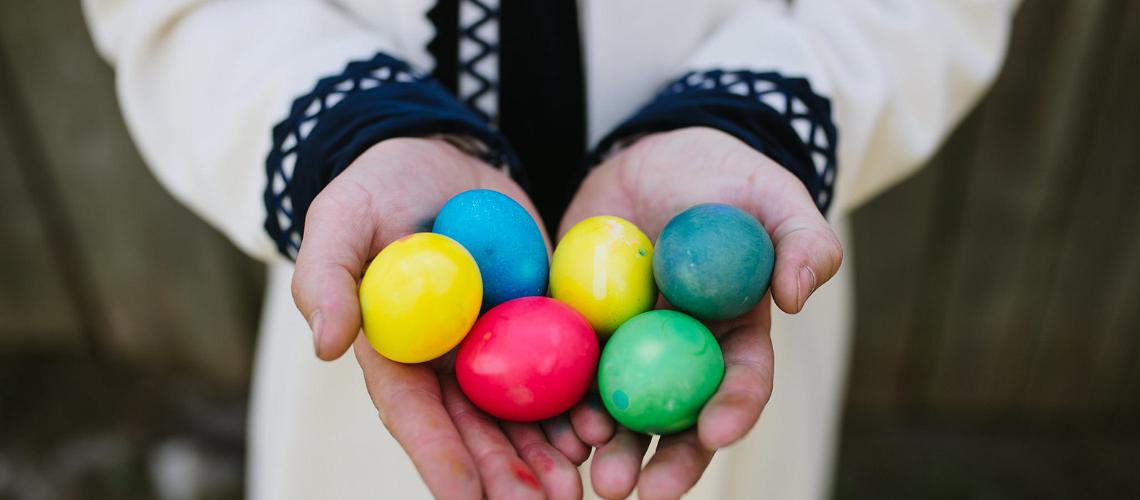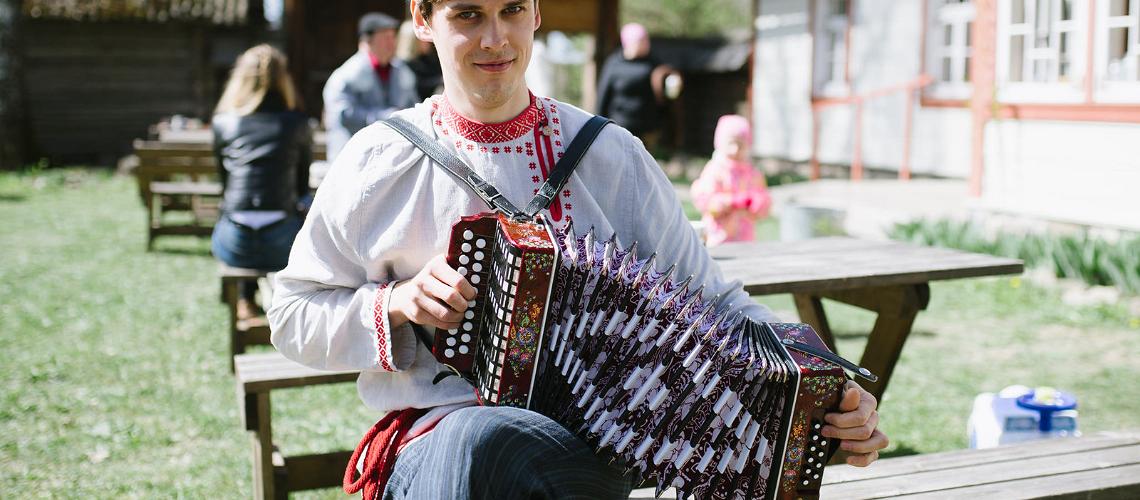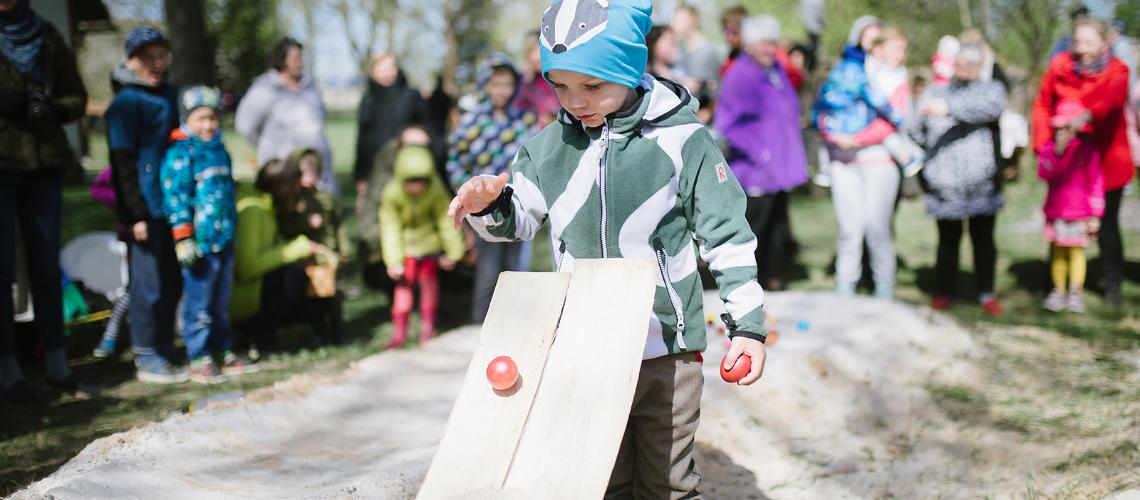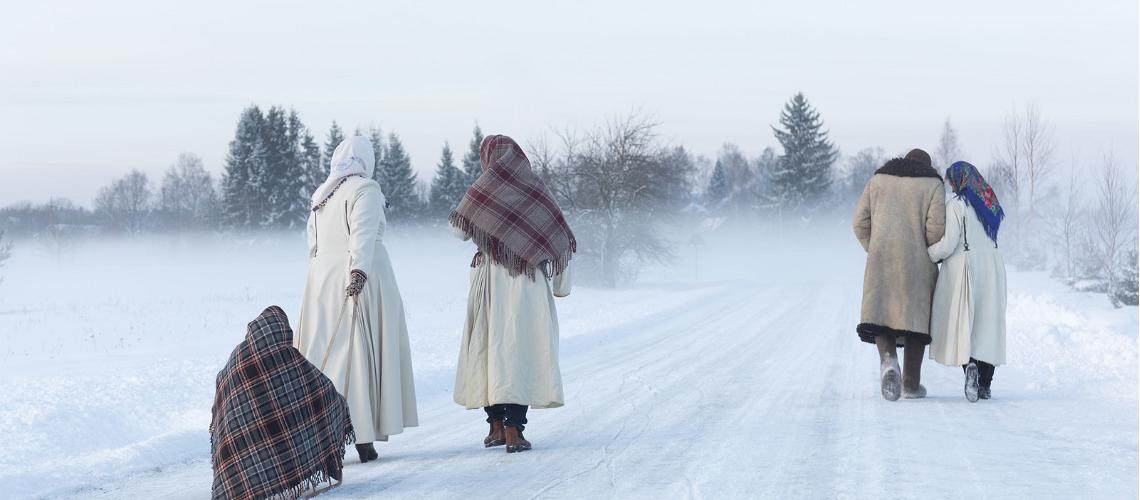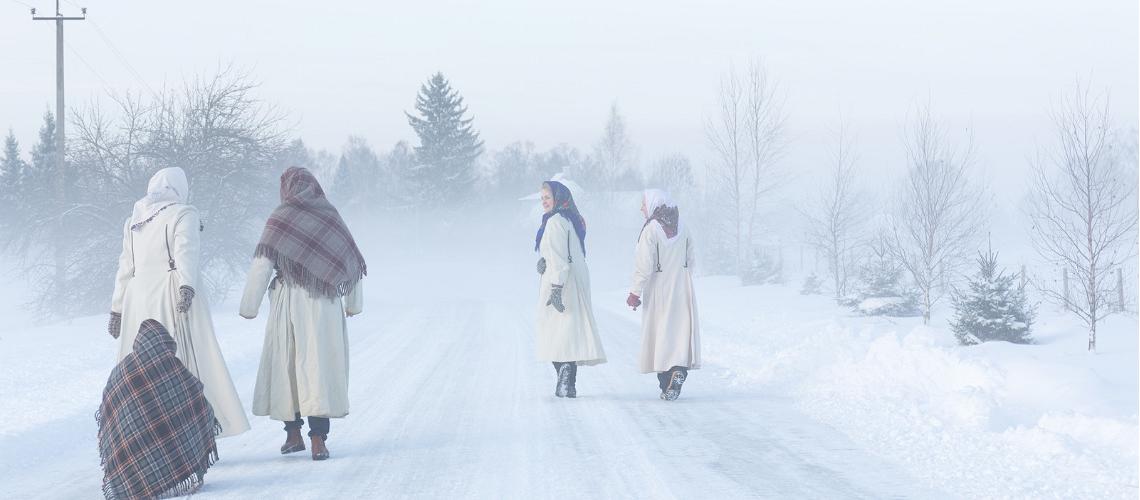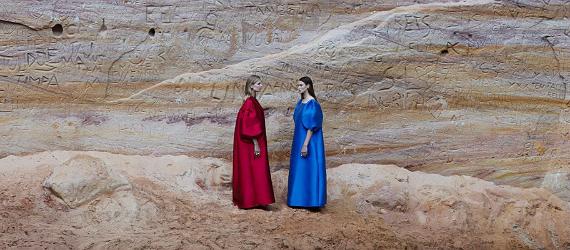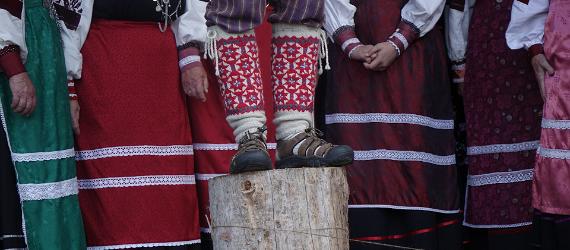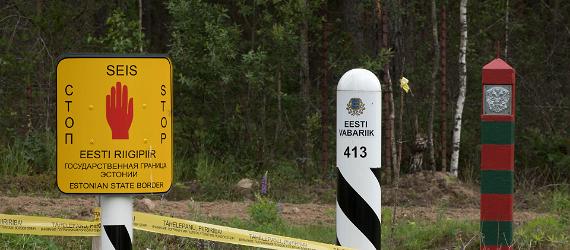Setomaa is known for its language, special folk songs, folk costumes, silver jewellery, handicraft, and unique traditions. The calculation of dates here is also slightly different from the rest of Estonia. When it comes to church holidays, the Seto people follow the so-called Old Style calendar, or Julian calendar, meaning that most of the celebrations are held 13 days later than in the rest of Estonia.
Orthodox Setos are known to have around 60 church holidays, plus other major events. Many holidays are held in parallel with the Estonian calendar, so there is a lot to celebrate! It is true that the Seto people like to rejoice. However, several holidays are very local and these are generally held only in certain places. If you are interested in witnessing some of the celebrations, you are more than welcome to join as a small group, just remember to respect the local customs.
The Seto year begins in mid-January. On January 14, Seto people have a tradition of saying the following: hääd vanna vahtsõt aastakka (approximate translation: Happy Old New Year). Seto people do not celebrate Shrove Tuesday. Instead, they have a holiday called maaslenits or butter week. The lasts for the entire week when they still have some fun before the beginning of the seven-week fast. But they also ride the slide. The Seto people eat blinis instead of traditional sweet buns (vastlakuklid in Estonian).
Easter in Setomaa
Easter (lihavõõdõh) is also a moving holiday for the Seto people. However, in the case of Easter, there is no 13-day difference when compared to the new calendar. The same rules are still applied when calculating the date, but due to the calendar difference, Easter may just happen at the same time as elsewhere in Estonia. At the same time, the difference may also be as long as seven weeks. In 2023, Easter will be celebrated in Setomaa on April 16th. One special part of Seto Easter is the all-night vigil: it takes place the night before Easter Sunday. Candles in hand, people wander around the church in the darkness of the night after the vigil. It is an atmospheric and almost magical sight.
The central place of Easter is a munaloomka – an area made of sand that is intended for egg rolling. The loomka is like a smooth ramp (see the video above). To take part in the egg rolling competition, you have to roll your egg down the loomka or the sand slide and hit another egg. This gives you one point and a chance to try again. The loomka always gets built in the villages of Obinitsa and Värska, but also in other villages.
Other holiday celebrations
The biggest holiday of the Värska Church – Saint George’s Day – is celebrated on the 5th of May. First, the service is held in the church, then people go to the cemetery to commemorate their ancestors, and in the afternoon everyone will gather on the swinging ground for a proper kirmask (village festival). Similarly, local church holidays are held in other Setomaa churches during the summer: the Luhamaa Church celebrates Pentecost, the most important holiday of Saatse is päätnitsapäiv (the last Friday of July), and paasapäiv (19 August) goes hand in hand with Obinitsa.
Unlike Estonia, jaanipäev or Midsummer’s Day in English, at least the so-called former jaanipäev (7 July), is a local holiday in Setomaa – it is a holiday of the Miikse Church, and it is also celebrated more widely in the village of Treski. Nowadays, Midsummer’s Day is often celebrated in the villages according to the new calendar, like Christmas.
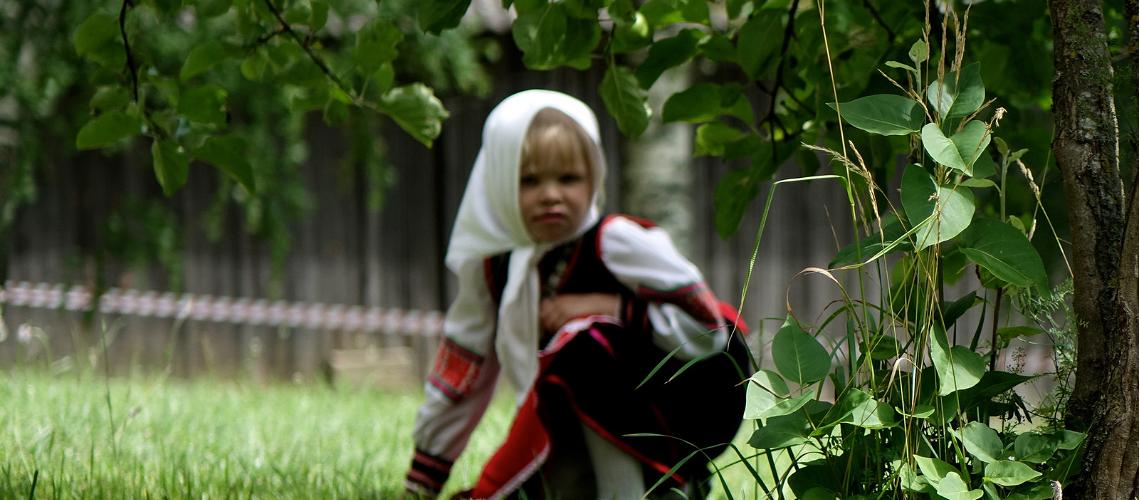
A child in traditional Seto folk costume
Photo by: Visit EstoniaOrthodox Christmas Day (January 7th) is called talsipühad in Setomaa. This day is rather different from the Christmas customs of Estonians. For the Setos, there is no Christmas tree in the house, elves do not visit the children, and no presents are made or brought. Instead, they wash their eyes with “silver water” (a silver bracelet is placed in an eyewash bowl) and boys visit families with lit candles inside a holder to announce the birth of Christ.
In Setomaa, the ban on working during the holiday has been taken seriously and it continues to be so. It is believed that working during the holidays means bad luck and unhappiness, and many have proof that this belief is true.
In addition to the church holidays, there are a number of major events celebrated in Setomaa, and people outside Setomaa are welcomed to participate:
- Seto Lace Days
- Seto Folk, which also includes the Seto Dance Festival
- Setomaa kostipäiv, day of Setomaa pop-up cafes
- Sõir Day
- Lüübnitsa Onion & Fish Fair
- Seto Kingdom Days






